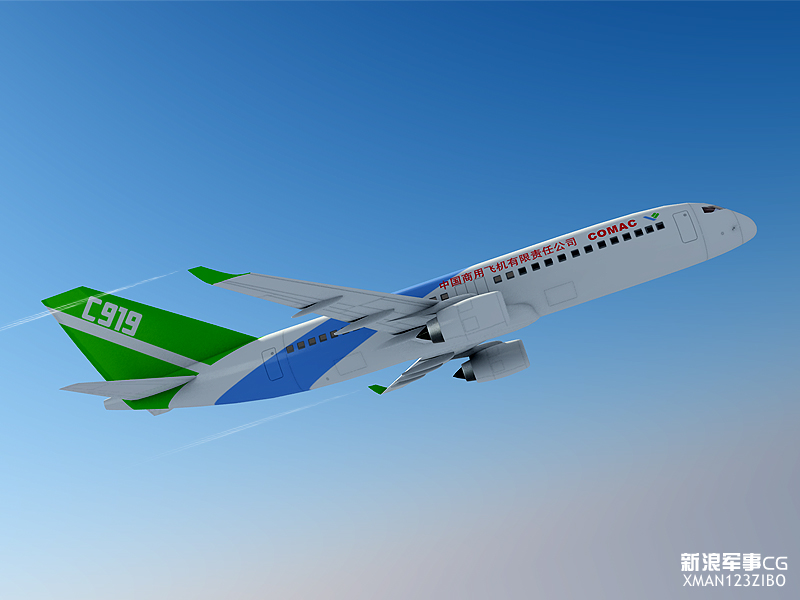by Devesh Agarwal
Early next year Qatar Airways will become the eleventh operator of the Airbus A380 super-jumbo. We have researched and produce below an airline-wise A380 seat configuration infographic for comparison. Airbus had original projected the aircraft in a three class 555 seat configuration.
We have also reached some conclusions which are produced below the infographic. Study the infographic and see what conclusions you derive. Compare them with ours, and please post your thoughts and conclusions via a comment.
Qatar's CEO Mr. Akbar Al-Bakar has indicated a first class of
eight seats and a business class of 52 seats, both on the upper deck.
The economy class will have 457 seats, the most by any A380 operator till now.
The main deck (also called the lower deck) will be all economy class, but most likely, there will also be, a small section on the upper deck. The exact configuration has not been revealed as yet, but a study of the Emirates'A380 configuration of the same 517 seats leads us to expect about 30 economy class seats on the upper deck and 427 on the main deck.
With a total configured capacity of 517 seats, Qatar will have the densest A380, second only to Lufthansa which operates its A380s in a 526 seat configuration. However Emirates which also has a 517 seat configured A380 packs seven more economy class passengers on the main deck when compared to Lufthansa to take top spot in the "stuffed" ranking.
Korean Air operates the least dense A380 with 407 seats, just two less than launch operator Singapore Airlines.
The dual configurations of the Singapore Airlines A380 also allows us to derive that for each of its "over the top" ultra-wide 1-2-1 business class seats, the airline loses 3.385 economy class seats. The airline adds 26 business class seats on the upper deck and loses 88 economy class seats. A similar deduction can be derived for Australia based Qantas as well.
The world's largest operator of A380s, Dubai based Emirates airline, sacrifices a full 28 seats to provide crew sleeping accommodation in the rear of the aircraft on its A380s configured for long distance flights (Dubai Australia and Dubai North America). That area is apparently so quiet, that pilots who are accustomed to a hum, are unable to sleep due to the silence. (Read story here).
Read more »
Early next year Qatar Airways will become the eleventh operator of the Airbus A380 super-jumbo. We have researched and produce below an airline-wise A380 seat configuration infographic for comparison. Airbus had original projected the aircraft in a three class 555 seat configuration.
We have also reached some conclusions which are produced below the infographic. Study the infographic and see what conclusions you derive. Compare them with ours, and please post your thoughts and conclusions via a comment.
 |
| Airbus A380 seating configuration airline-wise deck-wise (U=Upper, L=Main/Lower), class-wise (CT = class total) |
The main deck (also called the lower deck) will be all economy class, but most likely, there will also be, a small section on the upper deck. The exact configuration has not been revealed as yet, but a study of the Emirates'A380 configuration of the same 517 seats leads us to expect about 30 economy class seats on the upper deck and 427 on the main deck.
With a total configured capacity of 517 seats, Qatar will have the densest A380, second only to Lufthansa which operates its A380s in a 526 seat configuration. However Emirates which also has a 517 seat configured A380 packs seven more economy class passengers on the main deck when compared to Lufthansa to take top spot in the "stuffed" ranking.
Korean Air operates the least dense A380 with 407 seats, just two less than launch operator Singapore Airlines.
 |
| Singapore Airlines offers the widest business class seat |
The world's largest operator of A380s, Dubai based Emirates airline, sacrifices a full 28 seats to provide crew sleeping accommodation in the rear of the aircraft on its A380s configured for long distance flights (Dubai Australia and Dubai North America). That area is apparently so quiet, that pilots who are accustomed to a hum, are unable to sleep due to the silence. (Read story here).
























